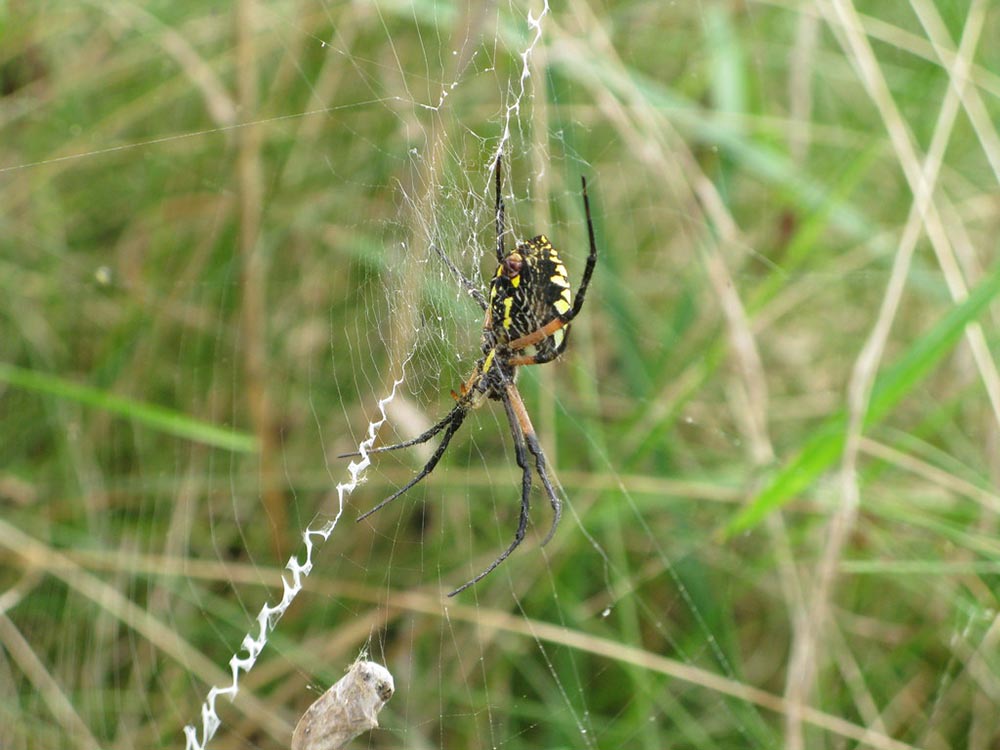It has happened this way for years – as soon as the air warms and the dirt thaws, I get the urge to put my hands in it. I start new seeds, purchase new plants, and say hello to the ones that have survived the winter in my garden. I pull up some unwanted plants and transfer some to new homes – I am lost in the garden.
I have survived the long winter, the sun is touching my face, and I am fully immersed in the plants. Then, suddenly I am pulled away from this bliss when I come face to face with the creepiest-looking bug I have ever seen. It makes my skin crawl. I hate how it moves, and it looks like it could hurt me. To avoid coming in contact with it, I remove myself from the situation, and my time in the garden is done for the day.
It has been my personal mission to conquer this fear in order to not let the creepy crawlies keep me out of the garden. I have noticed that learning more about them has made them a lot less creepy. I have even learned that some of the creepiest looking are predators whose scary body is designed not to hurt me, but rather to hunt other bugs that I would consider garden pests.
While there are still times I violently recoil when I pull a weed and a swarm of ants fall out, I am getting better. Most of the time I can turn my disgust into fascination, and I can appreciate their place in the garden. If you have a similar situation, I hope you will join me in this pursuit, because sometimes you may figure out that the bugs you’ve been scared of are actually your friends, joining forces with you to destroy some of the pests that wreak havoc in your garden. To help you start, here is a list of five creepy crawlies that you can turn into your garden besties this year:
Ladybugs
We probably all know what ladybugs look like, but like other insects, they go through a complete metamorphosis, and you may not recognize what they look like in all their life stages. Just like caterpillars turn into butterflies, after ladybugs hatch out of their egg, they are in what is called the larval stage. In this stage, they look like miniature alligators, with long, black and spiky bodies that may put them in the creepy crawly category. However, whatever stage they are in, they are friends to you and your garden. Ladybug larvae can eat up to 40 aphids an hour and can consume up to 5,000 insects in their short lifetime – only about four to seven weeks.
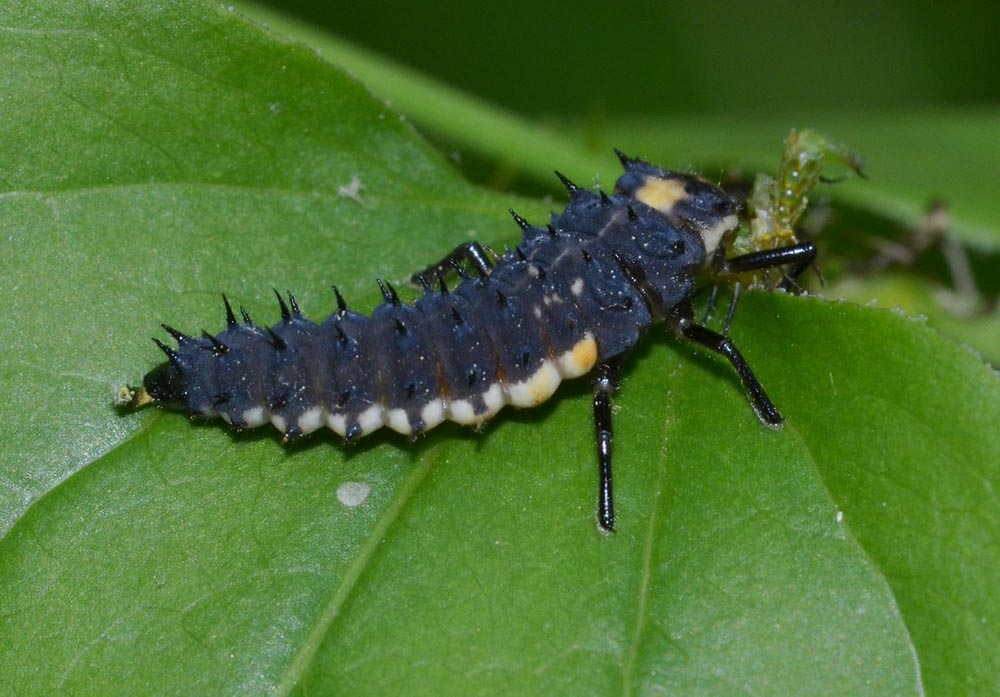
Lacewings
These beautiful insects also go through a metamorphosis. You can find their eggs on the underside of leaves or blades of grass. The females place the eggs in a careful row, where the eggs are on the end of long, thread-like strings to prevent the hatchlings from eating each other. The adults have light-green bodies with beautifully delicate, transparent wings. However, just like the ladybugs, they go through an awkward larval phase between egg and adult. The larvae are fast-moving, flattened brown and white creatures with large, curved mandibles. They use these scary-looking mouth parts to eat up to 100 aphids per day, earning them the nickname “aphid lions,” so I would consider them a friend!
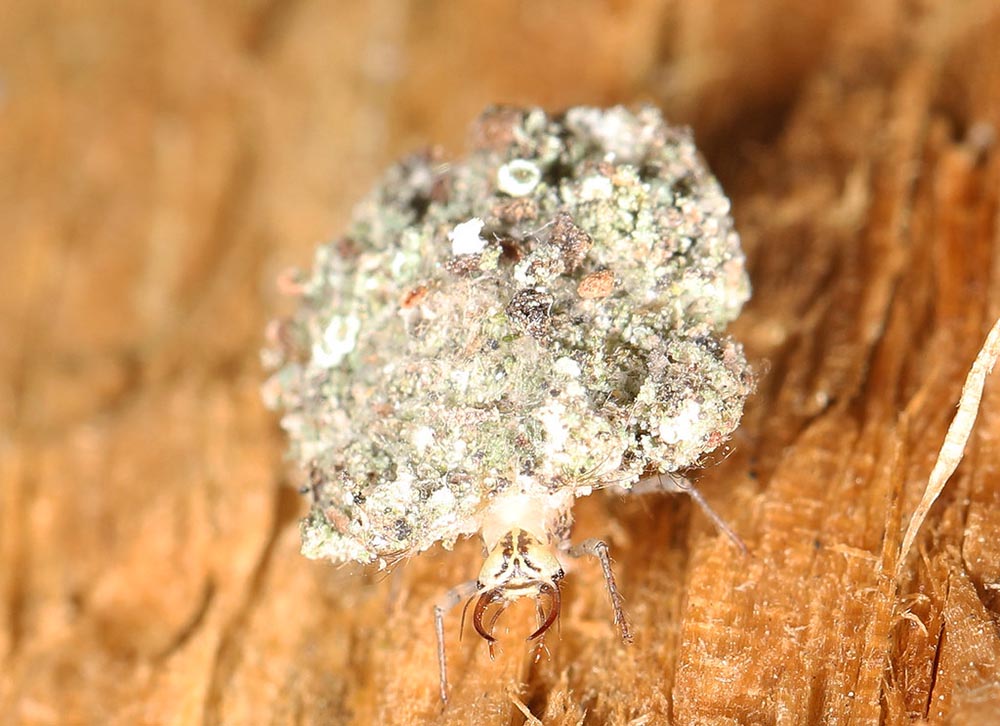
Assassin Bugs
The assassin bug really earns the name creepy crawly! There are hundreds of different species that live throughout North America, and they all share a similar body composition. Their heads are narrow, and their legs are long and spindly. But perhaps the creepiest thing about them is their sharp, segmented beak, which can pierce human flesh if they are handled incorrectly. Mostly, they hunt garden pests, from soft-bodied aphids to hard-bodied beetles, and use their beak to stab their prey and inject a lethal toxin, which liquefies the prey’s insides so they can suck it up. Although this one can hurt humans as well, this skilled hunter is usually on your team if you leave them alone!
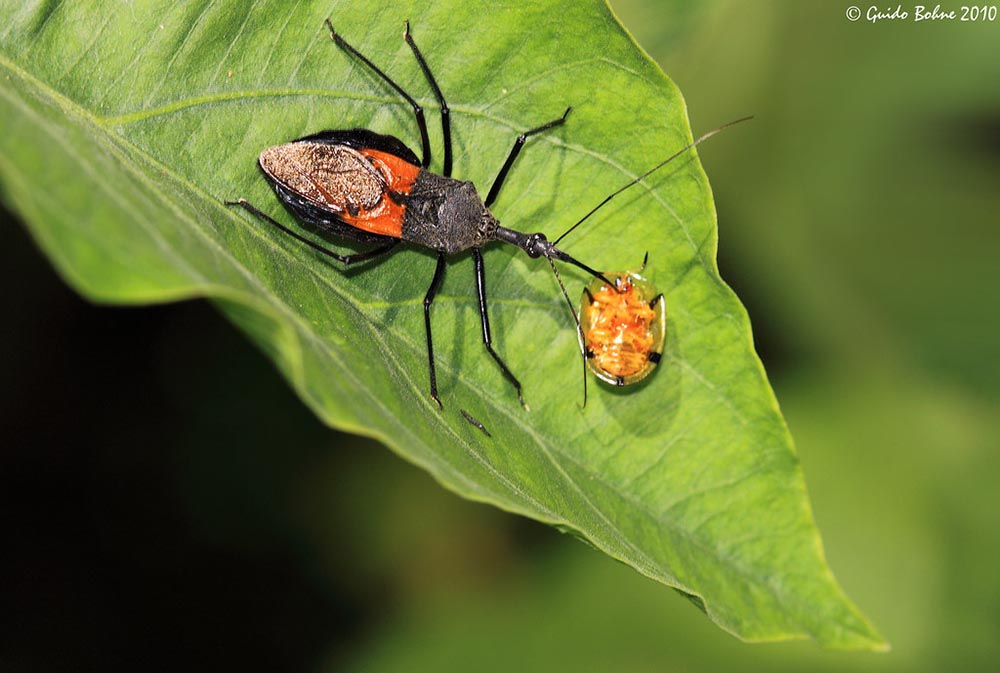
Hoverflies
Hoverflies may look like small wasps or bees, with black and yellow or white striped abdomens, but they do not have the ability to sting as they are actually flies. They get their name because they will hover over flowers and are considered a very important pollinator species. Their larvae are small brown or green maggots that hatch from eggs laid on plants infested with soft-bodied pests. There has been some interesting research that has shown that aphid-infested potatoes emit particular odors that will attract hoverflies. Amazingly, these odors are capable of activating reproductive capabilities in the hoverflies. The flies will then lay their eggs on the infested plants. If the potatoes are not infested, they will send out a different odor that tells the flies there is no prey available.
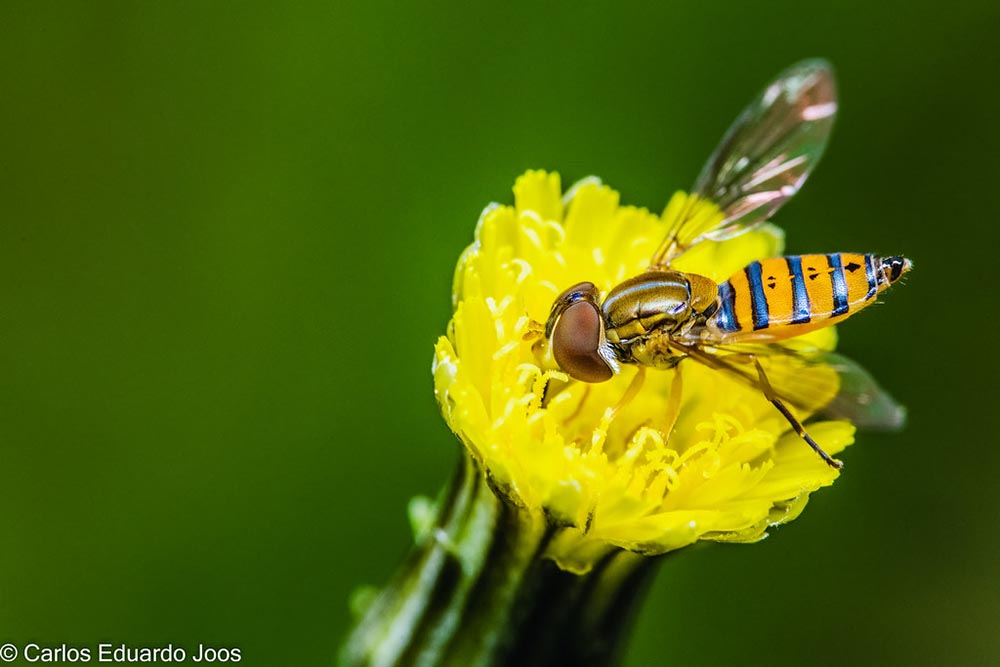
Spiders
I know spiders can be scary, but out of the 38,000 known species of spiders in the world, only two of them have bites that are harmful to humans in our area. Luckily, that means the chances of you encountering a spider that can seriously hurt you is small, especially in the garden. Most spiders have fangs that are either too small or not strong enough to pierce human skin. Spiders are hunters that mostly prey on insects. However, they are not picky eaters and will capture beneficial insects just as much as they will capture garden pests. So maybe this one is your friend, but they might also eat your other friends!
This summer, take time to learn about some of the bugs you encounter. You may find that they are not all bad and some might even be helpful. This list is just a start, and there are many more fascinating and helpful bugs all around you, so turn the creepy crawlies into your garden besties.
